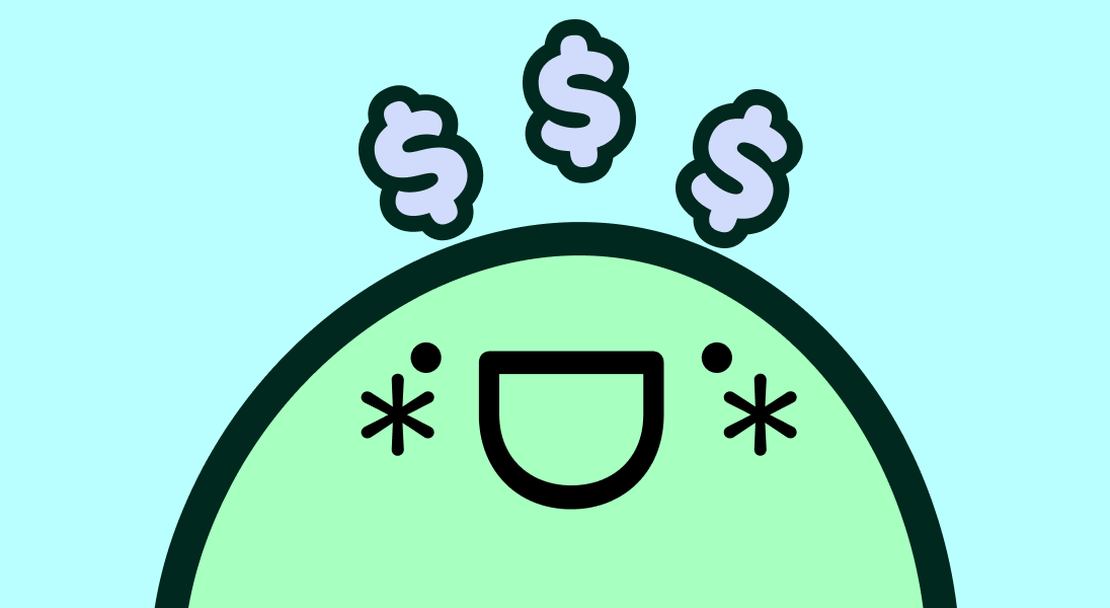
Work and Spend: Why We Overspend and How to Break Free
-
Beatriz Macuco
- October 18, 2024
Table of Contents
Why Does It Feel Like We’re Always Catching Up?
Have you ever felt like you’re working harder than ever but still struggling to feel content? Like no matter how much you earn, there’s always something more to buy, another lifestyle to aspire to, or a goal that feels just out of reach? If so, you’re not alone. This relentless loop—working harder to earn more, only to spend it chasing the next thing—is what economist Juliet Schor calls the “cycle of work and spend.”
It’s a trap many of us fall into without even realizing it. We tell ourselves we’re spending on things that make life better, but somewhere along the way, it starts to feel like the treadmill is moving faster than we can run. How did we get here? And, more importantly, how can we break free from these consumer habits?
The Cycle of Work and Spend
In the early ’90s, Juliet Schor, an economist and sociology professor at Boston College, set out to answer a puzzling question: Why were Americans working more, not less, despite advances in technology? At the time, people were clocking in the equivalent of nine extra weeks of work per year compared to their European counterparts. One of the key reasons? Overspending.
Schor was so intrigued by her findings that she explored this idea further in her next book, The Overspent American , where she introduced the concept of the “cycle of work and spend.” In this cycle, people work longer hours to earn more money, but that extra income fuels more spending. Ultimately, they find themselves caught in a loop, where the pursuit of more material things leads to even more work.
How Did We Become Trapped in This Cycle of Working and Spending?
The cycle of work and spend didn’t happen overnight. It’s part of a much larger story—a story shaped by decades of cultural, economic, and technological changes.
Back in the 1930s, economist John Maynard Keynes made a bold prediction: by the 21st century, technological advances would make it possible for people to work just 15 hours a week. Imagine that—working only two days a week and having the rest of your time free for hobbies, family, and relaxation. It sounds like a dream, doesn’t it?
But as history unfolded, it became clear that this wasn’t going to happen. Instead of reducing our hours, we found new ways to spend both our time and our money. The post-war boom of the 1950s played a significant role in shaping the cycle of work and spend as we know it today. Suburbs expanded, television became a household staple, and advertising surged. Suddenly, the things you owned—your car, your appliances, even your lawn—became symbols of success. To afford those things, people worked harder, and the cycle began to take root.
By the 1980s and ’90s, this phenomenon was supercharged. The economic boom of the Reagan era, along with growing income inequality, brought luxury into sharper focus. During this time, the share of income held by the top 1% of earners rose from 9.0% in 1979 to a peak of 13.8% in 1986. The lifestyles of the wealthy were no longer hidden behind closed doors—they were on display for everyone to see. And people noticed. No longer content with keeping up with their neighbors—the so-called Joneses—many began comparing themselves to the wealthy instead. The top 20% of earners set the new benchmark, and the other 80% tried to follow suit.
Media played an enormous role in this shift. Middle-class characters on television often lived in lavish homes, wore designer clothes, and drove luxury cars, even when their fictional salaries didn’t match up. These images set unrealistic expectations, making it seem like everyone could—and should—live like that. Advertisers jumped on this trend, encouraging people to buy expensive products to project a certain image, no matter their income. For more about why shopping doesn’t bring the happiness it promises, check out why retail therapy often isn’t the answer .
How Are Current Generations Experiencing the Cycle of Work and Spend?
For today’s millennials and Gen Z, the cycle of work and spend has taken on new dimensions, shaped by a mix of social media pressures, economic challenges, and cultural shifts. Unlike previous generations who compared themselves to their neighbors or the wealthy lifestyles of the Reagan era, current generations are navigating a digital landscape that amplifies consumer habits and comparison like never before.
Social Media and the Illusion of Success
Platforms like Instagram, TikTok, and YouTube have created a powerful new playing field. Influencers, who feel like the friend next door, blur the lines between authenticity and advertising. They showcase curated lives—perfect homes, flawless makeup, luxurious vacations—making it seem as though you, too, could achieve it all with just a few purchases.
And it’s working. A staggering 71% of consumers are more likely to make a purchase based on social media referrals. When an influencer recommends a product, it feels personal—like advice from a trusted friend. This makes it harder to separate genuine interest from paid promotions. Before we know it, we’re reaching for that trendy gadget, the expensive smoothie, or the latest must-have skincare product—all because someone we admire made it look irresistible. This behavior is often so automatic that we don’t even realize we’re being influenced. To explore how habitual shopping is shaped by external forces, read why we often buy things we don’t need .
Rising Costs, Hustle Culture, and Economic Uncertainty
At the same time, millennials and Gen Z face financial realities that are harsher than those of previous generations. Housing, education, and healthcare costs have skyrocketed, while wages have stagnated. Many entered adulthood saddled with student loan debt, making saving—or even breaking even—a challenge. Essentials like rent and groceries take up a larger share of income, leaving little room for the aspirational purchases seen online.
Adding to this, the gig economy and hustle culture have reshaped how these generations work. Side hustles and freelancing aren’t just about passion projects—they’re often a financial necessity. The constant push to “grind harder” or “monetize your hobbies” leaves little time for reflection or genuine rest, deepening the cycle of work and spend.
What Can We Do to Avoid Falling into This Overspending Trap?
Breaking free from the cycle of work and spend isn’t easy—trust me, I’ve been there. For a long time, I found myself buying things because they seemed to promise happiness or success, only to realize later that they didn’t really add value to my life. That’s when I decided to take a step back and approach my spending habits differently.
Now, before I buy something, I ask myself a few simple but powerful questions. These help me figure out whether a purchase is truly worth it or if I’m just being influenced by someone or something else.
-
How much do I truly like this item?
I try to separate my genuine preferences from outside influences. Do I actually love this, or am I just caught up in the idea of having it because it’s trendy or someone else has it? This question helps me pause and check in with my own feelings, not what I’ve been told I should want.
-
What triggered me to want this?
This is a big one for me. If the answer is something like “I saw it on social media,” “a friend owns it,” or “everyone has it,” I know it’s worth a second thought. Those are clear signs that I’m being influenced by others rather than making a decision based on my own needs or desires.
-
Will this truly enhance my life?
I’ve learned to think beyond the initial excitement of a purchase. Will this item genuinely improve my life, or will it just end up forgotten in a few months? Framing it this way helps me focus on buying things that bring lasting value rather than short-lived satisfaction. If you’ve ever turned to shopping to feel better, it’s worth asking whether it’s being used as a quick emotional fix. Shopping often triggers a dopamine-driven anticipation of reward, but this high can be short-lived, leaving you feeling worse afterward. Retail therapy often isn’t the answer , as it fuels an emotional cycle that can lead to overspending and dissatisfaction. Understanding this cycle can help you make more intentional choices.
How to Take Control and Break Free from Overspending
Breaking free from the cycle of work and spend isn’t about giving up everything or living a life of austerity—it’s about redefining what truly matters to you. By questioning your spending triggers, embracing financial mindfulness, and letting go of the pressure to keep up, you can start spending intentionally. The power to step off the treadmill is in your hands, one mindful decision at a time. After all, life isn’t about how much you own—it’s about how well you live.
Letting go of the pressure to keep up is one of the most liberating steps you can take. It starts with recognizing that the curated lifestyles you see—whether on social media, in advertising, or even among friends—are often more illusion than reality. Instead of measuring your success against others, focus on what truly brings you joy and fulfillment. Ask yourself: “Do I actually want this, or do I feel like I should want it because everyone else seems to?” By shifting the focus inward and setting your own benchmarks for success, you can reduce the constant need to keep up and feel more at peace with your choices.


